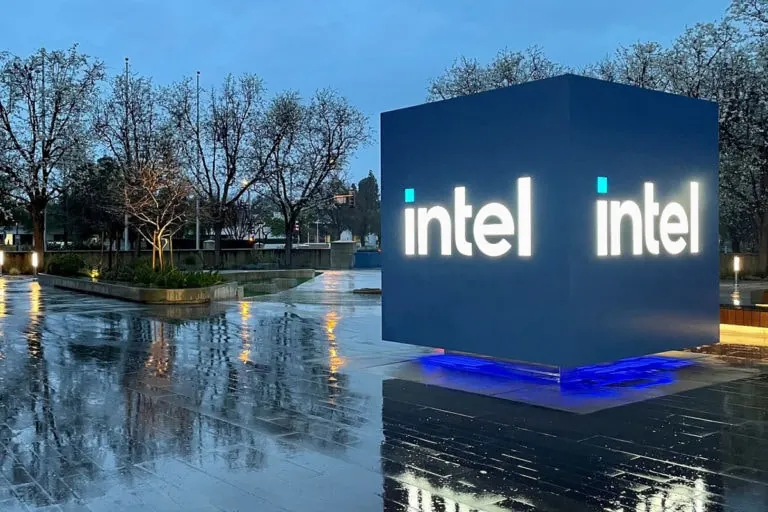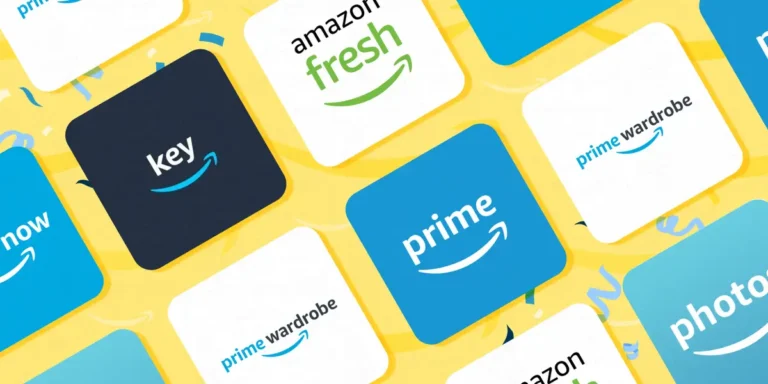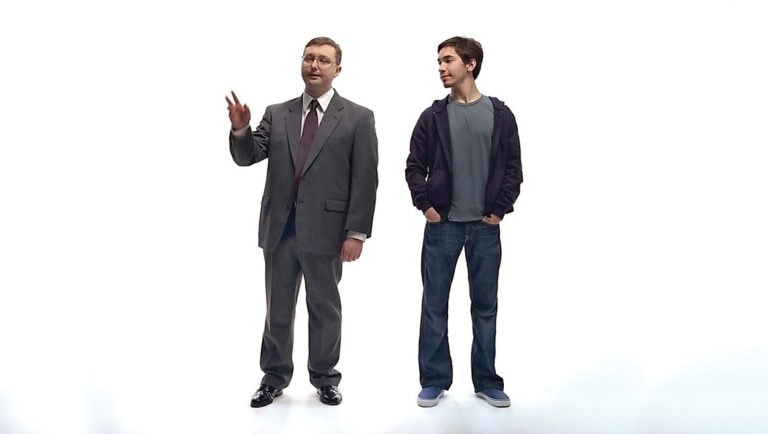Building a Quarter-Billion Dollar Brand – Memoirs of XFX
Can you imagine taking a business with only $50,000 to spend and some how turn it into a multi-million dollar brand in only a few yers?
Well it’s certainly not impossible and I’ve done it not once but four times through out my career.
And it’s not all that hard, but there are a couple of factors that have helped me churn out successful strategies over and over again.
In the following article, we’ll discuss how I played a small but significant role in growing XFX into a Quarter-Billion Dollar Brand in Five Years.
Hopefully, it can give you some concrete ideas on how you can do the same for you business or brand.
Key Takeaways (TLDR)
- Authenticity is achieved by understanding and speaking the language of your target market.
- Great breakthroughs often stem from daring decisions.
- It’s vital to preserve the core values that define your brand, distinguishing it from competitors.
- Observing and analyzing successful brands in your domain can offer valuable insights.
- Embracing and amplifying your brand’s distinct attributes can lead to remarkable success.
How It All Started
Once upon a time in the early 2000s, I was the Senior Creative Director at a small agency in Orange County called Crisp Digital Brand Agency.
Our client roster consisted of local clubs, small mom-and-pop shops, and not a single mega client.
That all changed when we met XFX (then known as Pine Technologies), which would subsequently catapult our agency into the big leagues.
Pine Technologies had an eclectic mix of products, from MP3 players and CD-ROMs to printer controller cards and graphics cards and a plethora of other products, all somehow related to computer hardware.
Lionel Garcia, their Head of Sales at the time, approached us with the challenge of creating a new website for Pine.
That seemed like an easy enough task, but as with all initial projects like this, we wanted to dig in deeper and understand the business, where it was then, how it was doing, and what was its goals.
I didn’t particularly like the brand Pine all that much. Still, as a gamer, I zeroed in on their graphics card, an Nvidia GeForce 3.
I suggested we focus on this product and create a new brand around this one thing. It was just me falling into my comfort zone of working with something I knew well and had confidence that I could execute it better than most people in the industry if given a chance.
The Market Landscape For GPUs At The time
Back then, the market was ruled by brands like Visiontek, Diamond, Creative Labs, Chaintech, Gainward, PNY, and inno3D. Brands like ASUS, Gigabyte, MSI, and eVGA were still finding their footing in the US market.
The benchmark for graphics cards then was 3DFX, known for its iconic packaging and consistent branding across multiple generations.
Their Voodoo card packaging featured a cropped face focused on the eyes, which was easily recognizable on store shelves.
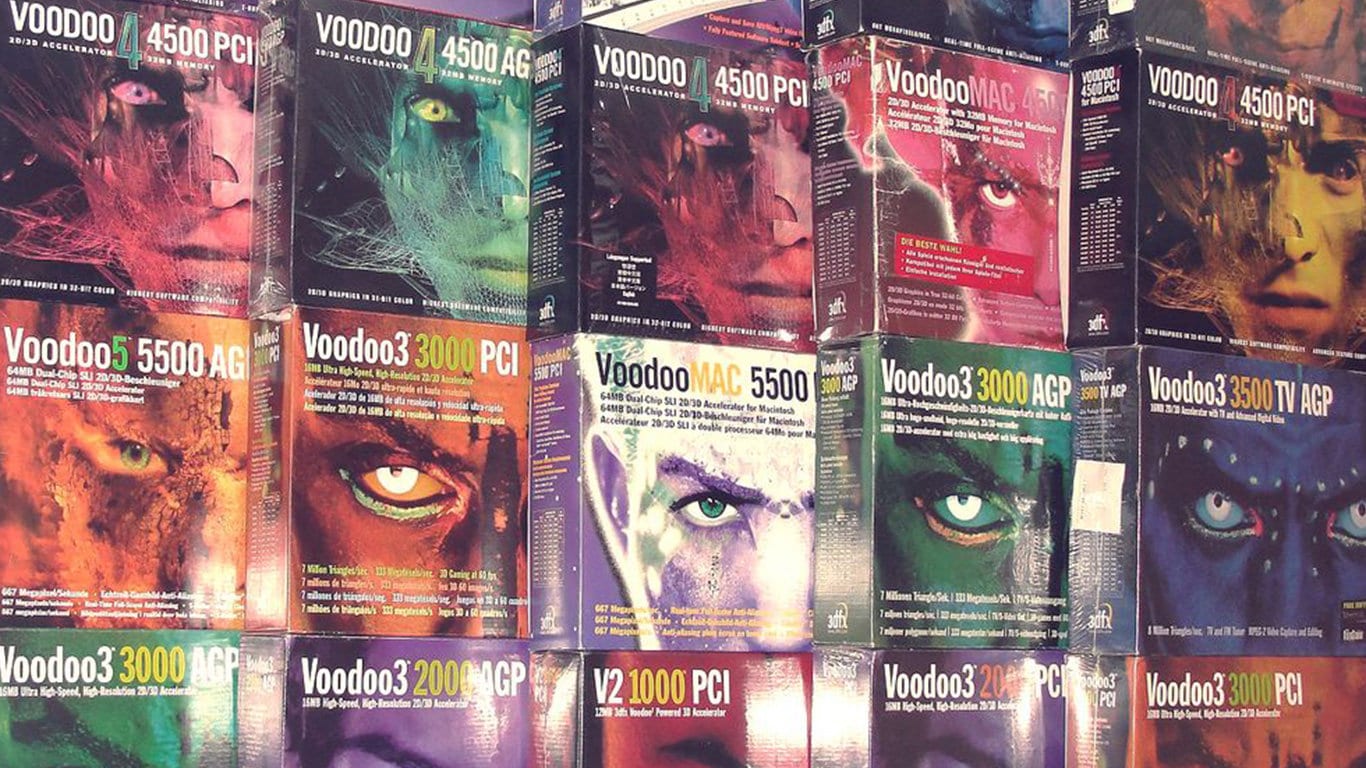
So it was because of that fact that many brands that existed at the time tried to mimic 3DFX in their packaging designs to fill the void that 3DFX had left.
Most of their packaging also featured various artistic drawings with strange creatures or knights and warriors. Many were literal adaptations of the 3DFX Voodoo cards, which, as PNY’s Verto series, had replaced Voodoo’s face with a cyborg’s face.
Others, like Diamond, had metallic-looking planes and boats, but that was just it; it was metallic-looking, not real chromed-out metal with accurate reflections.
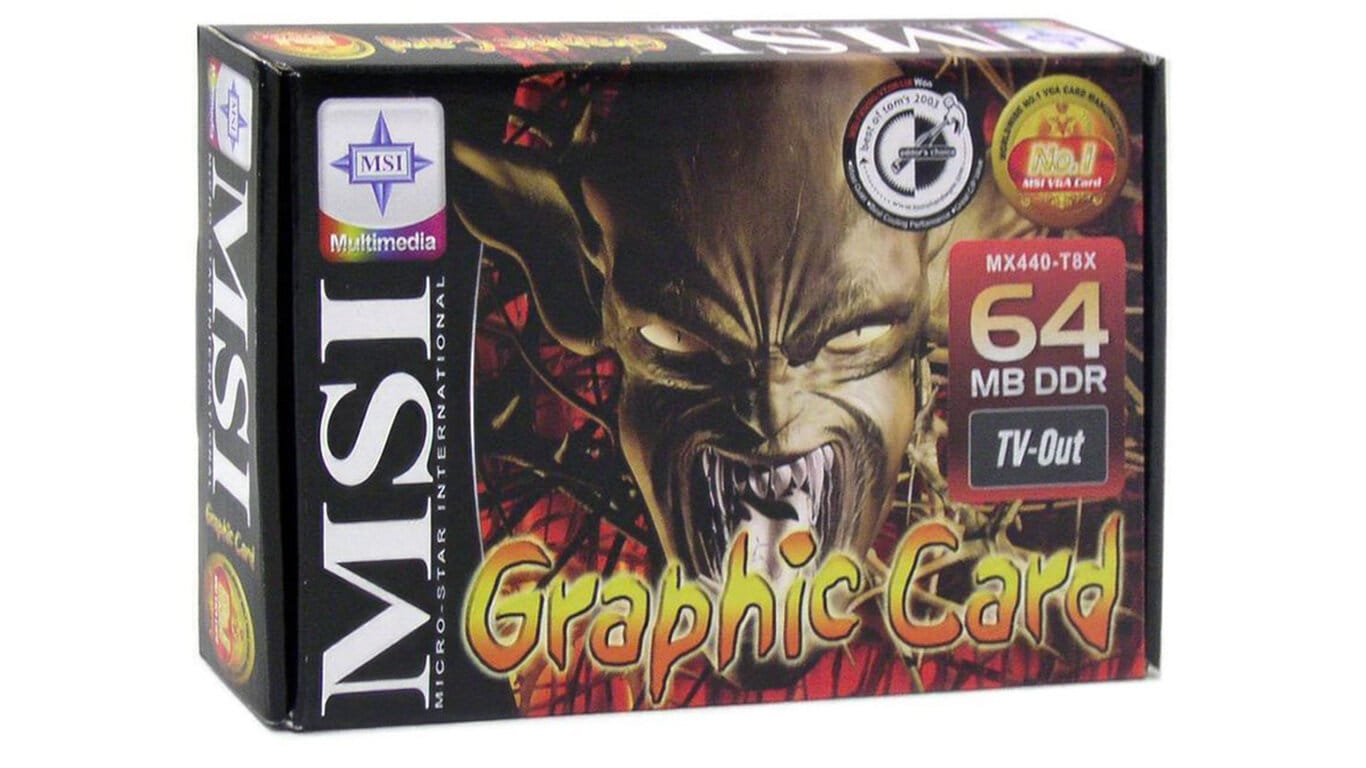
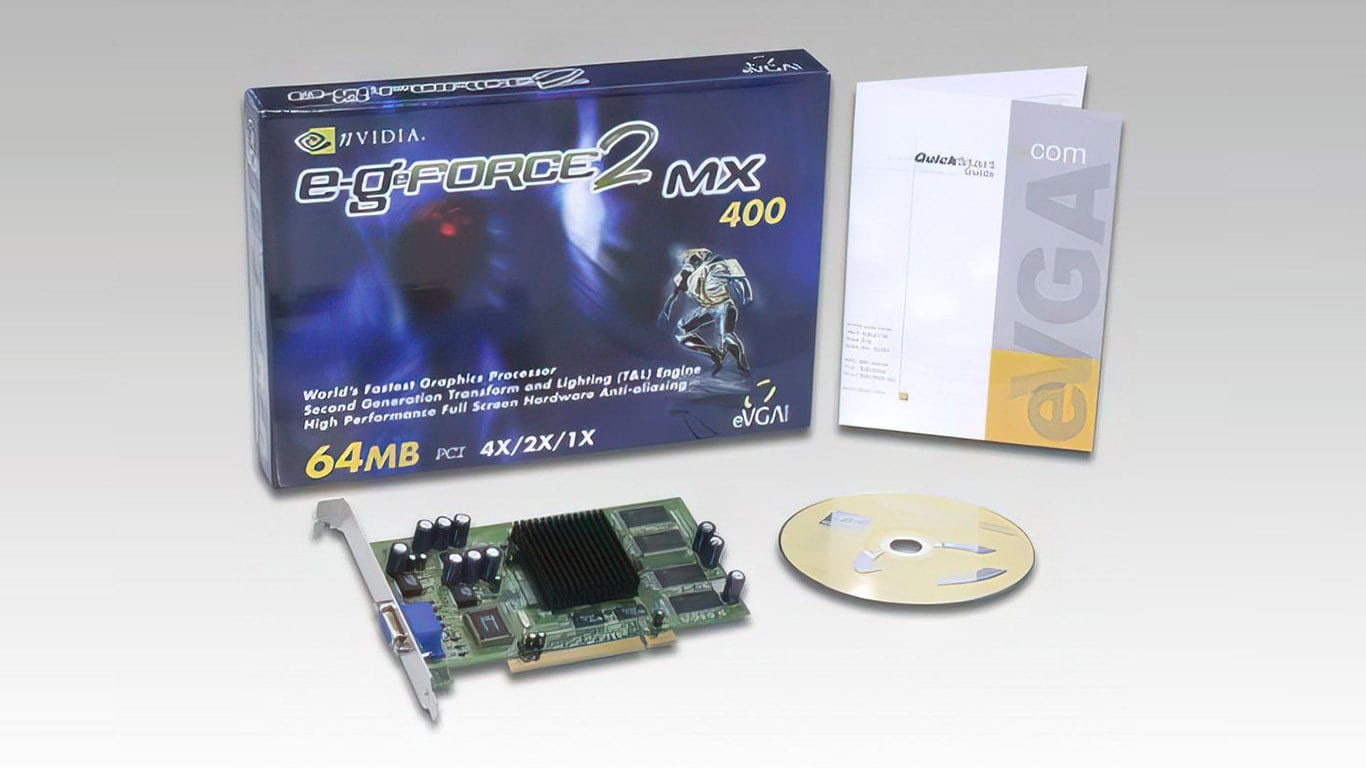
I proposed to Pine that if we wanted to sell 3D graphics cards, we needed real 3D graphics on the packaging. My search led me to Me Company, a European 3D design studio with a series of 3D robotic mech-like dogs and cats.
The details were incredible, with intricate panelization, diamond textures, and chrome reflections. The futuristic design and aggressive looks screamed, “I’m going to pop off the screen and bite you!”
We snagged the license to use these characters for $10,000 – a significant investment considering Pine Technologies’ annual revenue of $50,000.
However, luckily for us, XFX’s President Eddie Memon trusted in us and was a champion of change. He didn’t hesitate to make the necessary investment, a trait that was key to XFX’s future success.
As a side note, 3 years later, Me Company would sell that license to Sony. We could not continue using those 3D characters anymore, which was unfortunate as I had wanted to keep building on those characters for many years to come.
With our 3D characters in place, it was time to nail down the brand. After much brainstorming, I landed on XFX, short for “extreme effects.”
It was timeless and captured the essence of the graphics card industry – a claim that we could live up to.
XFX would push the boundaries of extreme effects with each new generation for years.
Designing The XFX Logo
Designing the logo was a balancing act with a bold initial X and slightly thinner FX following it to ensure that people read it as X FX instead of a single word such as “sefx.”
It would be a funny running joke in the future when we introduced the XXX edition of high-performance overclocked GPUs, where people on Reddit and Blogs would discuss how many Xs we could fit into our name, which is still a topic that crops up occasionally.
The icon was a cursive X, the way I drew x’s in mathematical formula with an atomic structure-like arc around it.
The logo was rendered in chromatic 3D as a scalable vector, reinforcing the 3D graphics card concept and that our brand was all things 3D.
The X Factor That Would Build A Quarter-Billion Dollar Brand
Our first product launch featured the GeForce 4 MX series with a simple box design. The cover showcased our 3D-rendered dog or cat surrounded by four 3D triangles, creating an “X” shape in the negative space in the center.
This packaging stood out among the sea of graphics card boxes on store shelves, and sales quadrupled in the first year.
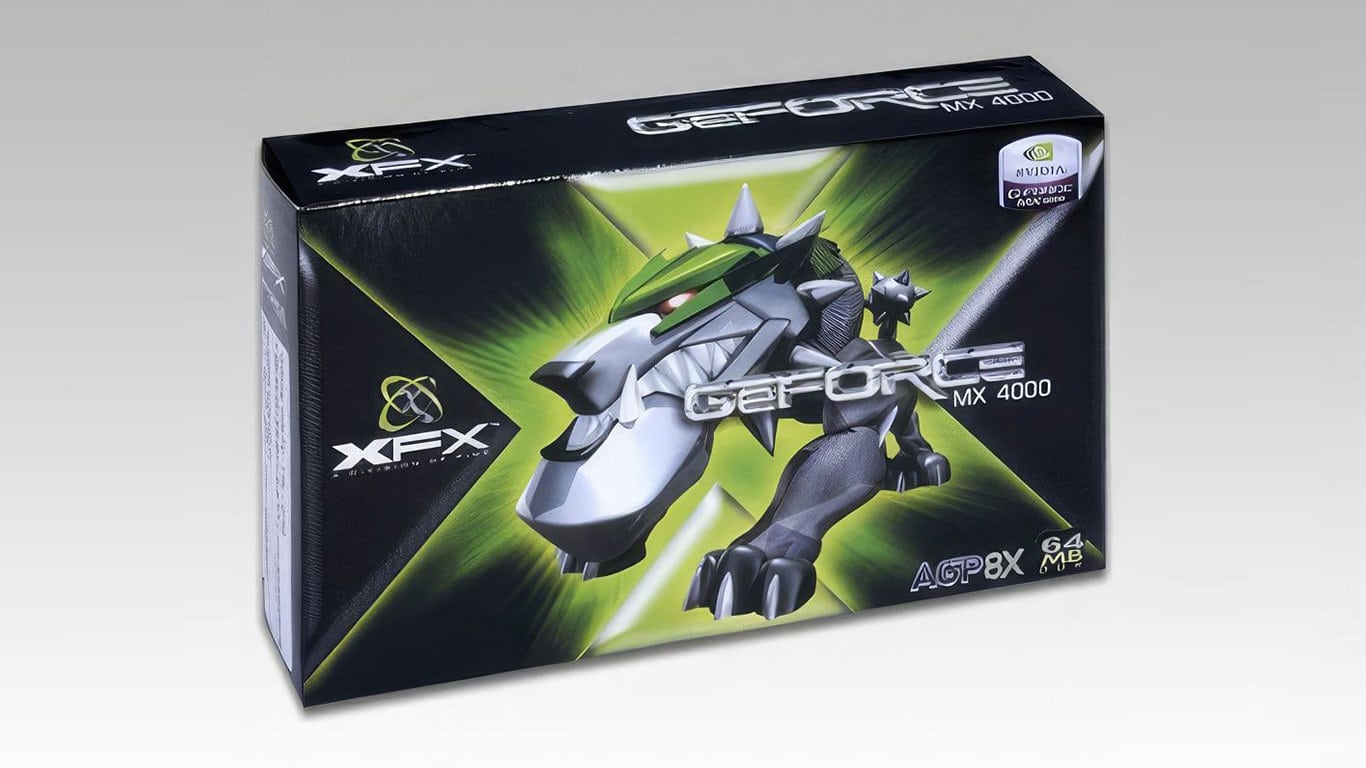
As XFX grew, we aimed to up the “wow factor” of our packaging. I proposed an ambitious X-shaped box that presented numerous challenges, from fitting the graphics card to folding it flat for production.
But we overcame these obstacles, and the unique packaging took XFX’s shelf presence to another level.
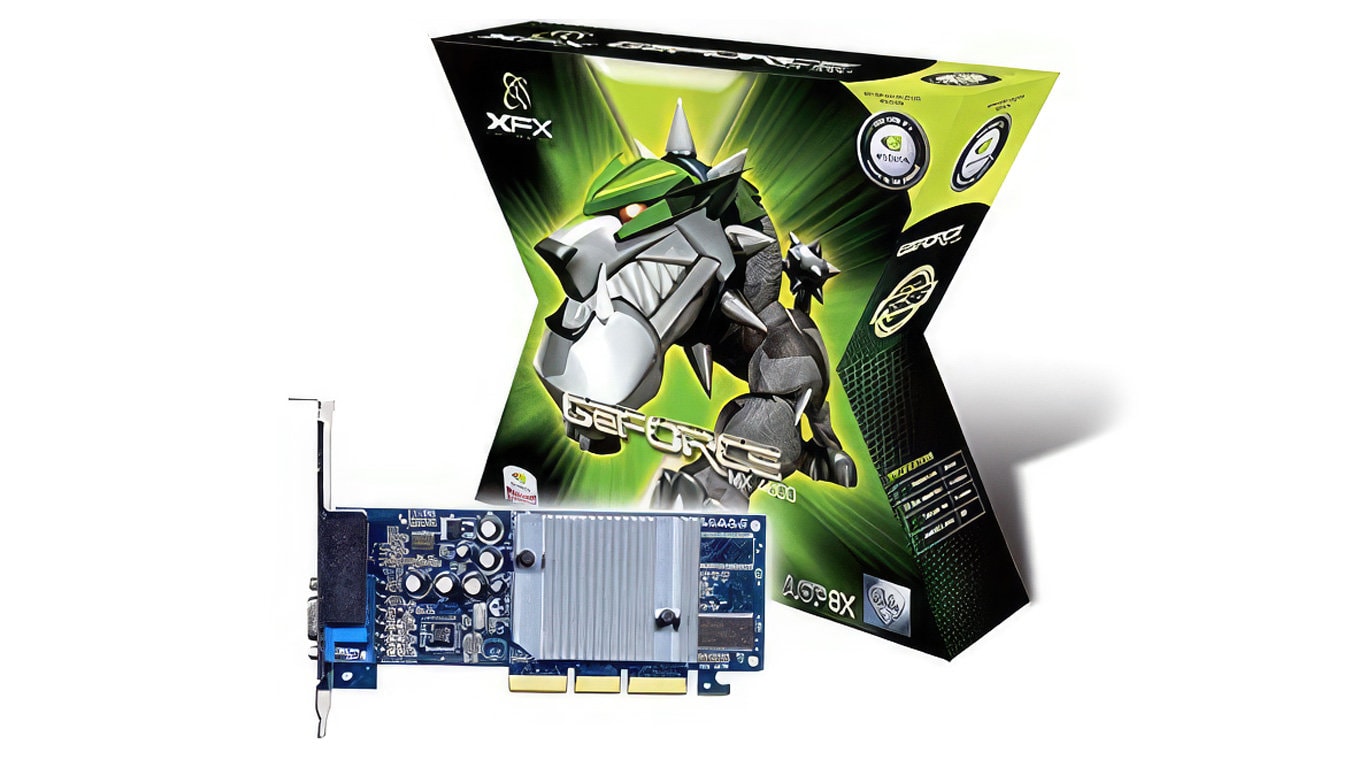
This packaging innovation became part of XFX’s DNA, and our 3D characters gave the cards a strong visual presence, differentiating them from competitors.
Our packaging and messaging spoke the language of gamers, staying true to the gaming community’s unapologetically frank and tactless communication style.
In hindsight, because we became so dogmatic about our DNA in terms of having 3D dogs and X-shaped packaging, we invested hundreds of thousands of dollars into developing more complex characters and X-shaped packaging that no longer helped the brand significantly.
It reminds me that some successes like these are, in a sense, luck because it was just the right thing to do at the right time and doesn’t necessarily mean it can be recreated again later down the road with the same level of success.
Take, for example, the companies that have tried to recreate the Ninja X Drake gaming moment with huge investments but little success.
Putting 3D characters on our graphics card packaging was a small, quirky decision that had a tremendous impact at the time.
Our decision to place 3D characters on the packaging gave our graphics cards a strong visual presence on store shelves. It excited the imaginations of gamers who dreamed of playing games with that level of 3D graphics someday.
It gave the perception that that dream might be achievable with an XFX graphics card.
Looking back at it now, after 20 years, it’s almost comical to see how we were the trailblazers in putting 3D characters and personalities on our packaging and graphics cards, which seems so obviously appropriate now.
Fast forward to today, and you’ll see that 3D graphics on graphics card packaging is standard practice today. Those following us just a few years later would create some great graphics that even I was amazed by and slightly jealous of.
For example, the robotic eye that would be the staple for Gigabyte packaging was so detailed and intricate that it exuded high-quality 3D graphics.
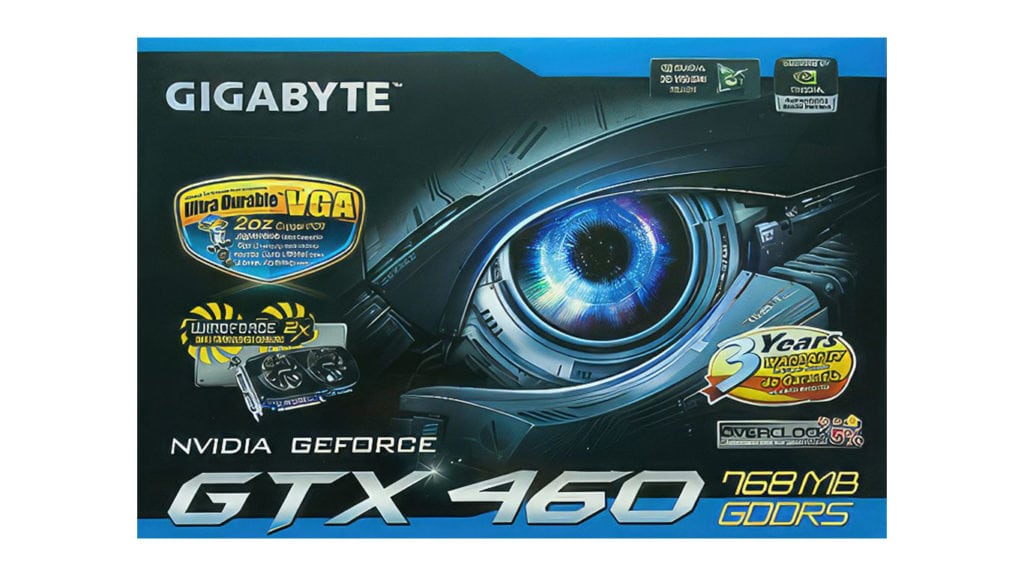
Standing By Our Brand Against NVIDIA
By the third year of our adventure, XFX had skyrocketed to become one of the top partners for Nvidia.
As Nvidia’s success grew, it became more conscious of its brand image through partner brands like ours.
They started providing packaging and brand guidelines for using their logo and badges and even the copy that needed to be on the packaging.
While it’s understandable that Nvidia wanted to unify its products across all AIB partners, it clashed with our goal of standing out.
How could we be different from our competitors if our packaging looked identical?
That was when we decided to go rogue and ignore Nvidia’s request. Call it a hunch or a gut feeling, but we believed we had grown enough that there wasn’t much they could do about it.
Nvidia had written generic, corporate-sounding copy for the back of the packaging.
Still, we were determined to speak to gamers in a language they could relate to, in a tone that said, “Hey, we’re gamers too.”
I remember we came up with some casual copy for the back of the packaging, using a matter-of-fact tone and ending with the phrase, “Open a box of whoop ass.”
At the time, it felt daring, arrogant, and in-your-face – exactly the type of attitude gamers could identify with in their gaming microcosm.
This sparked a lively debate within our team about whether using the word “ass” was appropriate, given that our audience included kids.
But I figured kids would be drawn to slightly rebellious language because it made them feel more mature. Plus, it reflected the frank, tactless way gamers communicate while gaming. In gaming, players can let loose and be anyone or anything they want.
We wanted to carry that unapologetic attitude into our packaging, messaging, and overall brand presentation. It would also be the same mentality that made “Play Hard” our tagline, which still endures today.
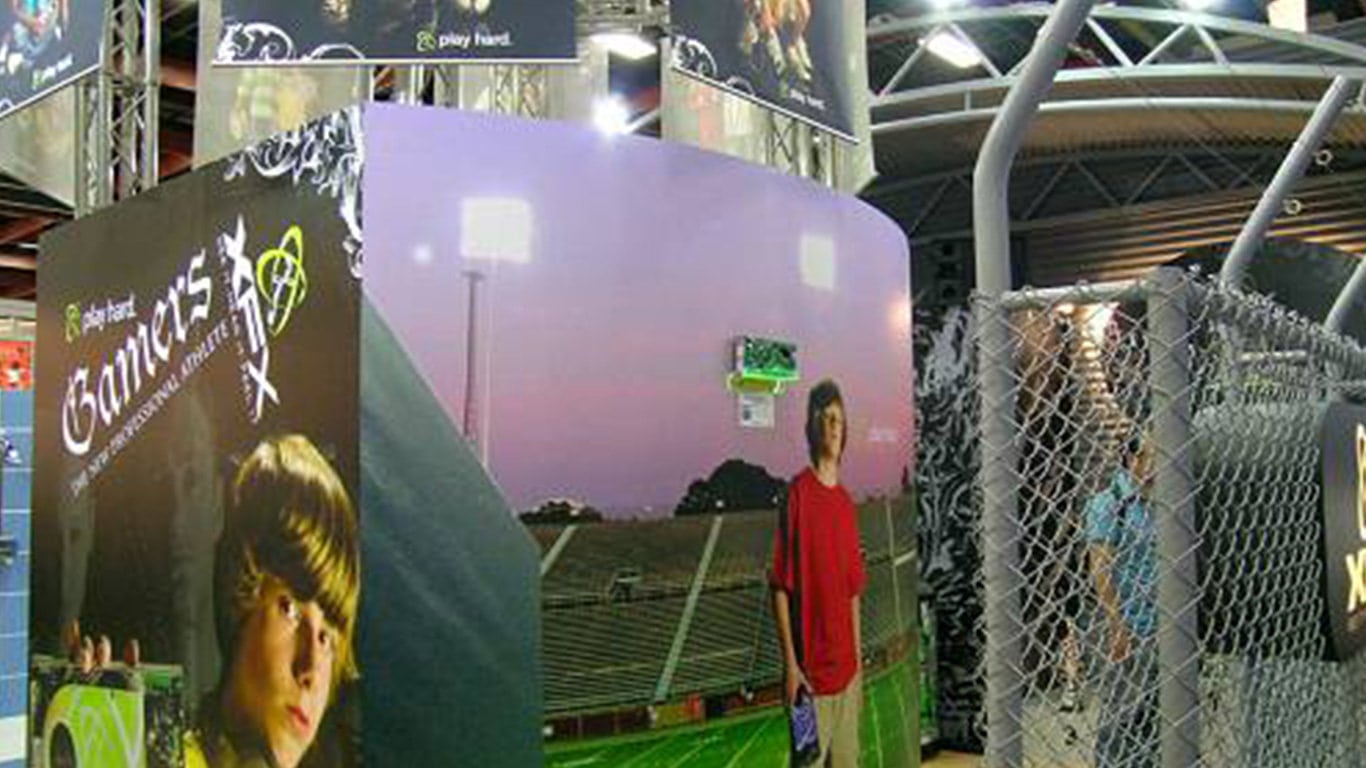
After that, every conversation with Nvidia became a tug-of-war between their brand expectations and ours.
But it was a battle worth fighting. I always told our team at XFX that we should push for what we wanted, knowing we understood the market just as well, if not better, than Nvidia.
We’d already turned a small idea into one of the biggest graphics card brands, so why shouldn’t they trust us to be the experts?
The Effects Of Our Rebellious Spirit
Our rebellious, rogue approach significantly influenced many brands that followed in our footsteps.
I remember when BFG emerged a few years later with a name that cheekily referenced a swear word.
I remember feeling jealous as I realized they’d taken a so-called “bad word” and turned it into their brand name.
It was daring, risqué, and undeniably “gamey” – exactly the type of thing I’d have done if I’d thought of it first.
Even though BFG has since vanished from the market, I can’t help but wonder if our success at XFX somehow influenced their branding choices.
If I had to hazard a guess, I’d say the real reason for our triumph boils down to one simple truth: we created a product for gamers without kowtowing to any corporate archetype.
Instead, we remained fiercely loyal to our target audience’s wants, needs, and sensibilities.
Branding And Marketing Is All About A Brand Personality That Resonates With Your Target Market
So, how exactly did we manage to tap into the collective gamer psyche? It’s all about understanding how gamers think, speak, and engage with the world around them.
This meant tossing aside traditional marketing approaches and embracing a bold, unapologetic attitude that resonated with our core demographic.
This was one of the main reasons we coined the phrase and accompanying badge that said “For Gamers, By Gamers,” which encapsulated our internal mantra.
As another side note, that slogan would be copyrighted by Razer 5 years later, forcing us to abandon it. It still irks me that we didn’t think to copyright it ourselves.
We threw caution to the wind and adopted a “give no f” mentality regarding our brand and messaging.
And you know what? Sometimes, that’s precisely what it takes to make a brand successful – staying true to your identity and the values that set you apart from the competition.
I’m not saying that every brand should go rogue and completely disregard industry standards.
However, something must be said for breaking the mold and taking calculated risks regarding branding and messaging.
In our case, that meant creating a brand personality that deviated from the beaten path and crafting a product that spoke to gamers on a visceral level.
Conclusion
So, how can you apply this mindset to your entrepreneurial journey? Here are a few key takeaways to consider:
- Know your audience: Understand their wants, needs, and desires. Speak their language and engage with them on their terms. This creates a sense of authenticity and trust that can’t be replicated through cookie-cutter marketing tactics.
- Don’t be afraid to take risks: Sometimes, the most significant breakthroughs come from stepping outside your comfort zone and challenging conventional wisdom. Be willing to break a few rules and shake things up – you never know what incredible opportunities might be waiting on the other side.
- Stay true to your brand identity: While adapting and evolving over time is essential, don’t lose sight of the core values and characteristics that make your brand unique. These qualities will set you apart from the competition and make a lasting impression on your target audience.
- Learn from the success of others: Keep an eye on what’s happening in your industry and take note of the brands that are making waves. What can you learn from their approach? How can you adapt or build upon their strategies to carve out your own niche?
- Embrace your “rogue” side: Remember that sometimes, the most significant successes come from staying true to yourself and your brand’s unique identity. Embrace the qualities that make you stand out, and don’t be afraid to push the envelope.


